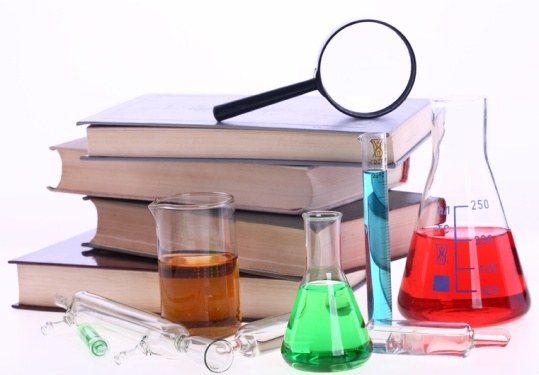Instruction
1
The following task: there are 40 grams of salt. It is soluble in water. How many ions thus formed, assuming that all the atoms of table salt was subjected to dissociation?
2
Write a formula for this substance: NaCl. Calculate its molecular mass, adding the atomic weights of sodium and chlorine: 23 + 35,5 = 58,5.e.m. (atomic mass units). Since the molar mass of any substance is numerically equal to its molecular weight, only expressed in the other dimension (g/mol), 1 mol of table salt (sodium chloride) will weigh approximately 58,5 g
3
Calculate how many moles of sodium chloride contains 40 g. Perform the division: 40/58,5 = 0,6838 , or 0.68 mole.
4
A universal numberm of NaCl, which is equal to 6,022*10^23. Is the number of elementary particles – molecules, atoms, or ionscontained in one mole of any substance. In your case to dissociation of sodium chloride consisted of molecules. Therefore, 1 mole of this substance contains approximately 6,022*10^23 of molecules. But you have to 0.68 mole. Perform a multiplication: 0,68*6,022*10^23 = 4,095*10^23. So many molecules are contained in 40 g of sodium chloride.
5
During the dissociation of each molecule of salt forms two ions: a positively charged sodium ion and a negatively charged chlorine ion. Therefore, multiply the result by 2: 2*4,095*10^23 = 8,19*10^23. That many ions formed during the dissociation of 40 g of salt. The problem is solved.
Useful advice
The same algorithm can determine the number of ions of any substance, taking into account the following conditions:
- the substance must be soluble;
- consider indexes of cations and anions. For example, when counting the number of ions of potassium sulphate – К2ЅО4, remember that each molecule forms three ion.
- the substance must be soluble;
- consider indexes of cations and anions. For example, when counting the number of ions of potassium sulphate – К2ЅО4, remember that each molecule forms three ion.
